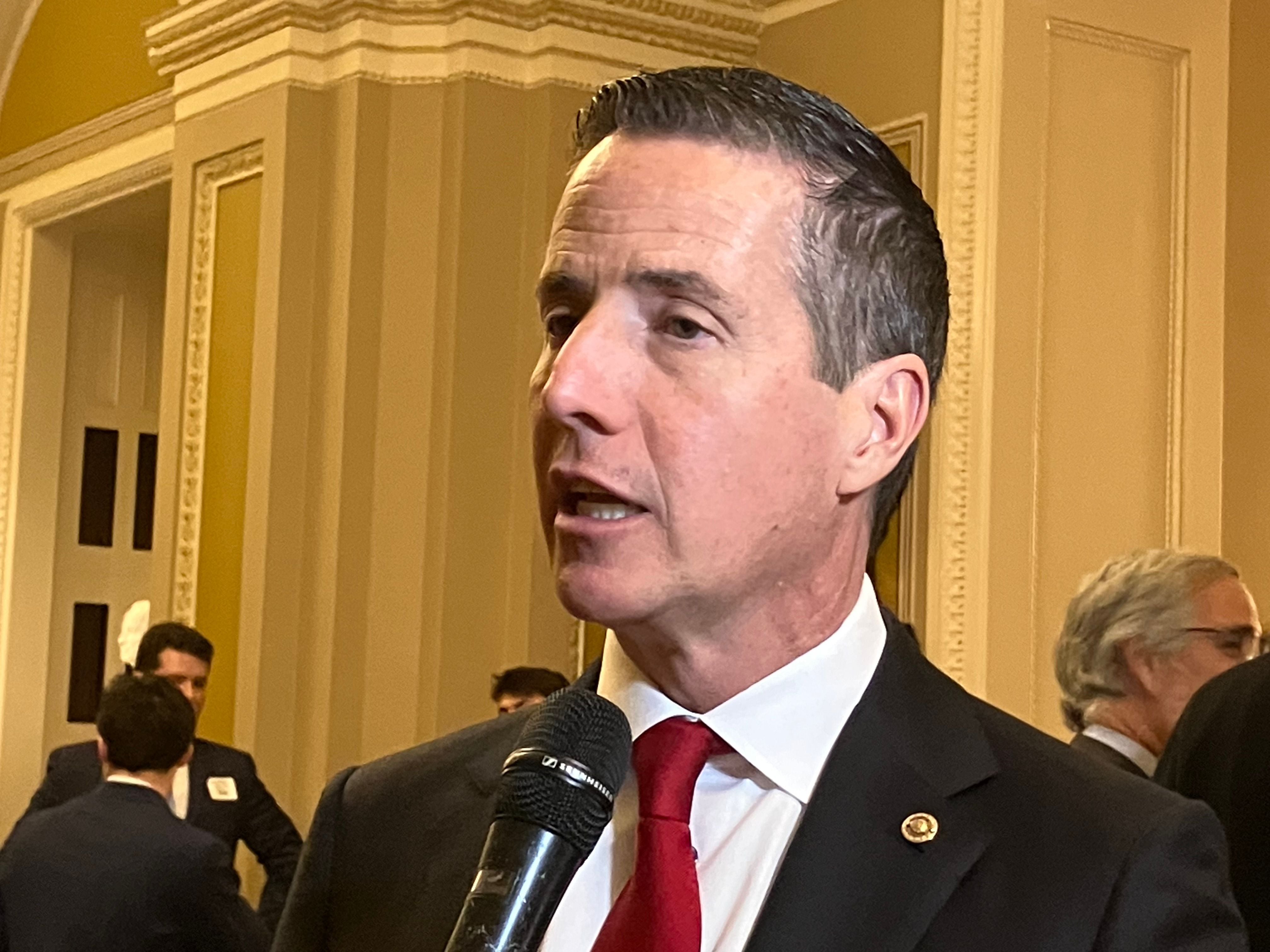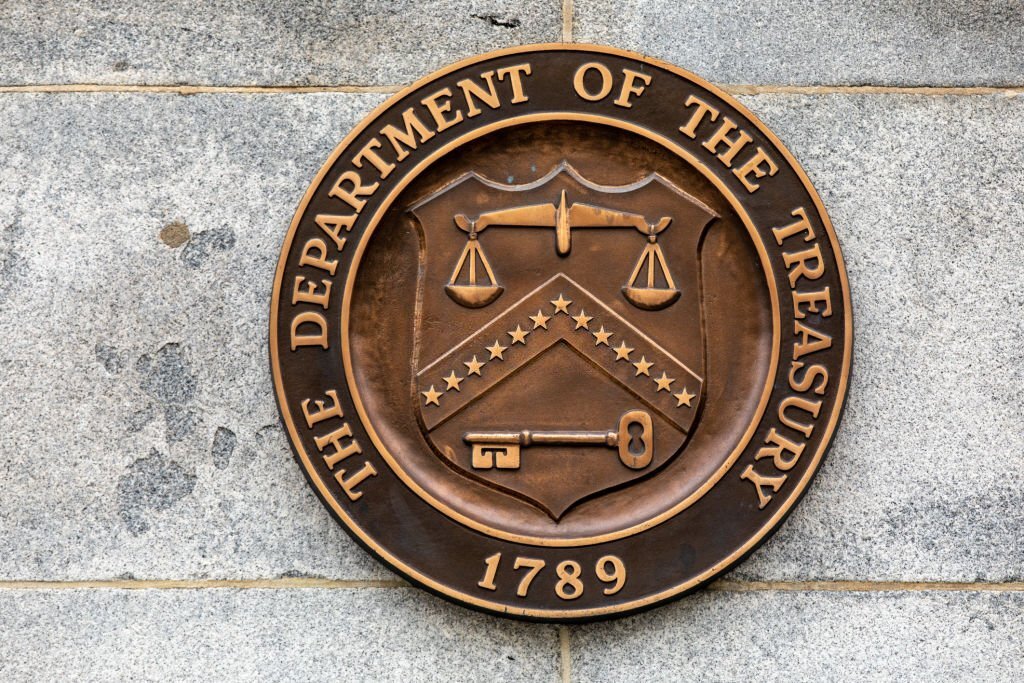The IRS on Aug. 9 unveiled an updated draft version of Form 1099-DA, which cryptocurrency brokers will use to report certain sale and exchange transactions of digital assets that take place beginning in calendar year 2025.
Generally, these forms will be sent separately to taxpayers and the IRS in early 2026, the agency said.
The fresh draft version of Form 1099-DA, Digital Asset Proceeds From Broker Transactions, comes on the heels of the Treasury Department and the IRS issuing the highly anticipated final regulations on cryptocurrency broker reporting requirements in late June.
The IRS said last Friday that the new draft version of the crypto tax form reflects the final regulations for custodial broker reporting and includes the transitional relief described in Notice 2024-56, Notice 2024-57, and Revenue Procedure 2024-28.

“This new form will provide more clarity for taxpayers and give them another tool to help them accurately report their digital assets transactions,” IRS Commissioner Danny Werfel said in a statement. “We know third-party reporting greatly improves compliance with the nation’s tax law. This step will also help us make sure digital assets are not used to hide taxable income, including in high-income categories, while providing taxpayers who play by the rules more information to accurately report their income.
“Digital assets greatly increase the complexity of our tax system, and the IRS continues to work to make improvements in this area as part of our larger efforts to transform the agency,” he added. “We will continue working this area to help ensure the tax laws are met while working to reduce burden wherever possible to help taxpayers in this challenging area.”
Beginning in 2026, crypto investors who use brokers—which, for now, largely means centralized crypto exchanges like Coinbase and Kraken—will receive the 1099-DA from those brokers to report certain crypto sale and exchange transactions to the IRS as taxable events, crypto news website CoinDesk reported.
Crypto tax experts believe the updated draft Form 1099-DA contains some much-needed changes that reflect the final regulations for digital asset broker reporting.
“The new Form 1099-DA is much improved from the previous version. Most notably the form removes the requirement to report the transaction ID, as well as the taxpayer’s wallet address which was a serious privacy concern. Additionally, the form removes the reporting of the time of a transaction in addition to its date,” Anthony Tuths, leader of the Digital Asset Group at KPMG, wrote on LinkedIn. “Notably, following the final regulations the new Form 1099-DA adds new boxes to report the receipt of Qualifying Stablecoins and Specified NFTs [non-fungible tokens], both which receive special rules under the final regulations.
“The new form follows the final regulations and removes references to ‘unhosted wallet providers,’” he continued. “The IRS has promised to provide broker reporting rules relating to DeFi [decentralized finance] and other non-custodial situations in the near future. Those impending regulations will undoubtedly require future changes to the Form 1099-DA.”
Jessalyn Dean, vice president of tax information reporting at Ledgible, provided an analysis of what she believes are the most “significant changes” to the redrafted Form 1099-DA, including:
- Removal of the “Explanation if no recipient TIN” box: The ambiguous free form box “Explanation if no recipient TIN” is removed.
- Elimination of the “Broker type” box: The box to indicate “Broker type” is removed.
- Simplification of non-cash proceeds reporting: Boxes 7a, 7b, and 8 from the first draft around non-cash proceeds are simplified into a single Box 7, removing the need to indicate the type of non-cash proceeds received in the sale.
- New purpose for Box 8: Box 8 is repurposed for the broker to indicate that they relied on customer provided information in preparing the Form 1099-DA, as expected from the final regulations. It is likely that IRS agents during examination would leverage this information in determining if the taxpayer is eligible for penalty relief.
- Continued presence of Box 10: Box 10 unfortunately remains, where the broker has to give a reason why a sale is non-covered for which cost basis is not reported. This goes beyond what is required on Form 1099-B reporting and the three options available are not comprehensive enough (e.g., it misses instances where the broker did not receive a transfer statement from another broker).
- Repurposing of Boxes 11a, 11b, and 11c: Boxes 11a and 11b are repurposed for aggregate reporting of Qualifying Stablecoins and Specified NFTs, as expected from the final regulations. Box 11c is repurposed for the broker to indicate the amount of gross proceeds related to primary sales of NFTs, as expected from the final regulations. This is so that the IRS and the taxpayer have a better sense of gross proceeds that are ordinary income from a trade or business rather than sales of capital assets.
- Removal of certain boxes: Certain boxes related to changes in the final regulations are removed, as expected, such as the time of acquisition, time of sale, digital asset address, and sale transaction ID.
But Dean said there are still a few gaps and uncertainties for the IRS to address, including:
- Box 5 mystery: Box 5 remains a mystery, pending the broker instructions to the form.
- Public comments still open: The public can still submit further comments on the form, details on making submissions are on the cover page of the form.
- Awaiting broker instructions: We are still waiting for the publishing of the instructions for the broker which is a critical component for implementation. These instructions should also provide insights into areas of the final regulations that are ambiguous.
“The pressure is now on the IRS to finalize Form 1099-DA and publish the accompanying broker instructions. Brokers and their software providers need ample time to develop and test their systems to ensure compliance in time for reporting,” she said.
The IRS said on Friday it expects to post the draft instructions for filers soon. Once the draft filer instructions have been posted, a notice will be published in the Federal Register to allow for a 30-day comment period, the agency said.
Thanks for reading CPA Practice Advisor!
Subscribe Already registered? Log In
Need more information? Read the FAQs
Tags: Digital Currency, Income Tax, IRS, Taxes




